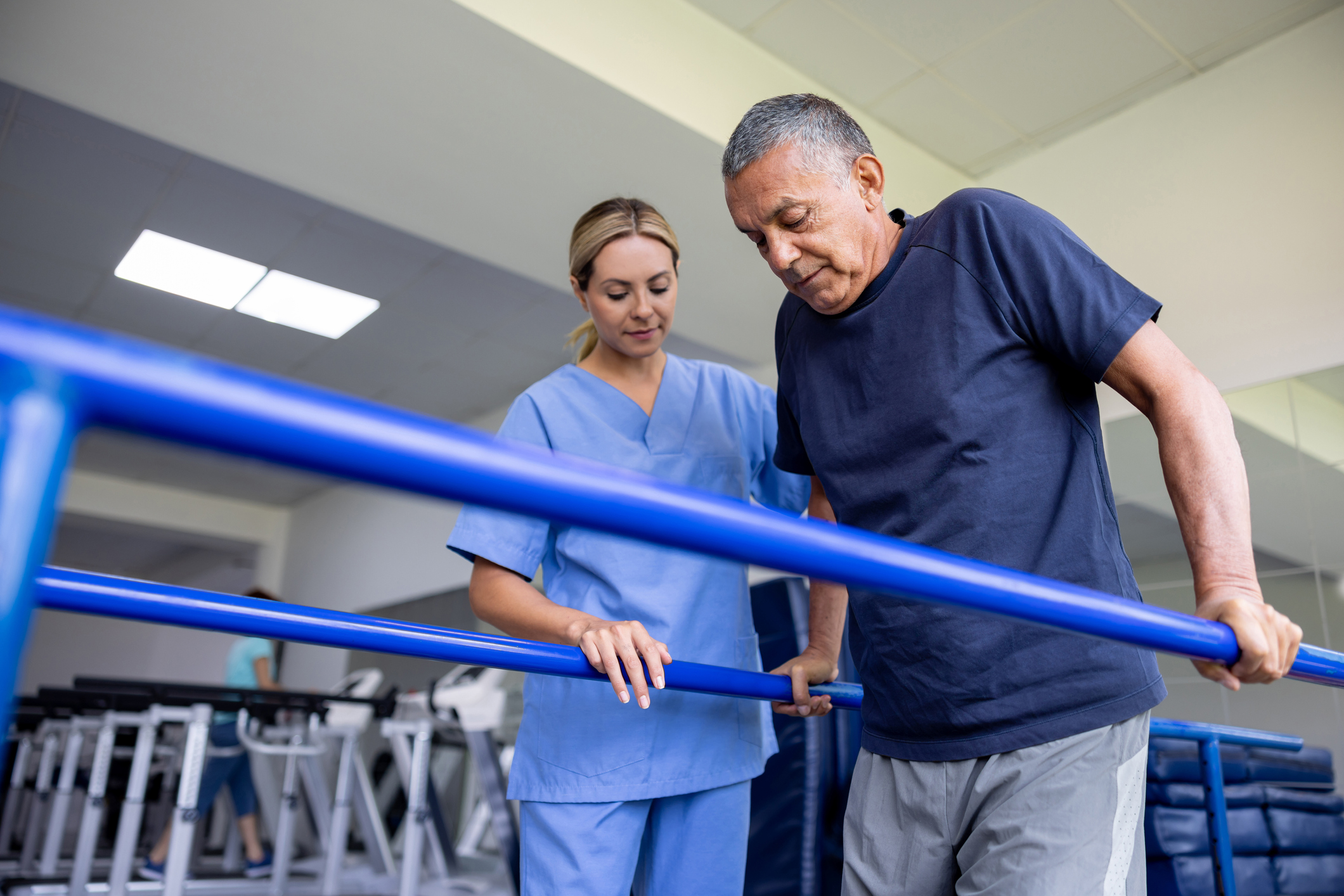Exploring the Effect of Hands-on Treatment Methods on Alleviating Muscle and Joint Pain and Improving Client Outcomes
Wiki Article
Hands-on therapy methods are manual methods used by healthcare providers to address muscle and joint discomfort. Such techniques include different forms of adjustment and movement of the body’s muscles and articulations. The goal of hands-on therapy is to alleviate pain, improve movement, and boost overall performance. Many individuals experience musculoskeletal discomfort due to injuries, suboptimal posture, or disorders like joint inflammation. By using manual therapy, therapists aim to address these issues and help patients recover their quality of living.
One common hands-on treatment method is vertebral manipulation. This method involves applying controlled force to the spine to improve alignment and reduce pain. Research has shown that vertebral adjustment can be beneficial in managing lumbar spinal discomfort and cervical discomfort. Another method is gentle connective tissue mobilization, which concentrates on relieving tightness in the muscle tissue and soft structures. This can help alleviate rigidity and enhance range of motion, making it simpler for clients to navigate without discomfort. Both techniques can be tailored to meet the specific needs of each patient, ensuring a personalized approach to care.
In furthermore to discomfort alleviation, hands-on treatment can improve client results in multiple ways. For example, it can physical therapy for balance disorders improve circulation, which helps supply nutrients and essential elements to the injured regions of the body. Better circulation can also promote healing and reduce inflammation. Furthermore, hands-on treatment can help clients gain better body awareness, which is essential for preventing future trauma. By comprehending how their bodies move, clients can make more knowledgeable choices about their activities and posture, leading to sustained benefits.
The effectiveness of hands-on treatment is often backed by patient responses. Numerous patients report significant improvements in their pain intensity and overall performance after undergoing treatment. This positive response can lead to increased drive for clients to participate in physical exercise and recovery programs. When patients feel better, they are more likely to participate in their rehabilitation process, which can additionally enhance their outcomes. This collaborative method between the provider and the client is essential for attaining enduring results.
In summary, hands-on treatment methods play a vital role in alleviating musculoskeletal discomfort and enhancing client outcomes. By using techniques such as vertebral adjustment and soft tissue mobilization, healthcare professionals can help patients recover mobility and alleviate pain. The benefits of hands-on treatment extend further than instant pain alleviation, as it also promotes healing and motivates patients to take an proactive role in their rehabilitation. As more people seek effective treatments for musculoskeletal concerns, manual therapy remains to be an essential option in the realm of medicine.
